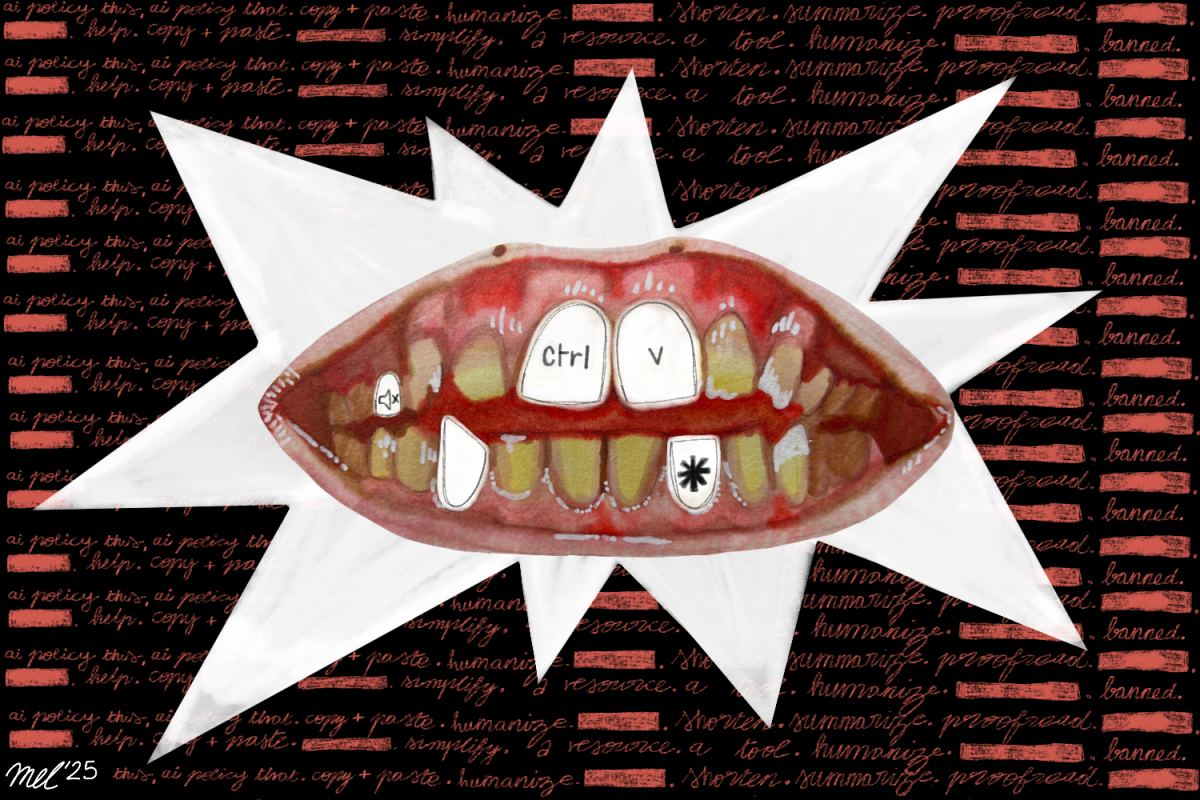The Nobel Prizes represent an interesting litmus test for hot topics in modern research — and this year is no exception.
David Baker, professor at University of Washington, Seattle, won half for his work on computationally creating new protein structures. Additionally, Demis Hassabis and John M. Jumper, both affiliated with Google DeepMind, jointly won half for their work on AlphaFold2, an AI model that can predict protein structure. 
Understanding Nobel Prize level research can feel a little esoteric, but it’s a lot easier to see the impact of these groundbreaking discoveries if we strip down their work.
Proteins are one of the basic building blocks of life. They drive many fundamental processes within the body and “function as hormones, signal substances, antibodies and the building blocks of different tissues,” according to the official Press Release for the Nobel Prize in Chemistry.
But, finding the actual structure of proteins from the amino acids that encode them can be difficult and time-consuming, so much so that molecular biologist Cyrus Levinthal coined ‘Levinthal’s Paradox’ to describe protein structure. If you have a string of a hundred amino acids, Levinthal pointed out that there are 10⁴⁷ different theoretical structures the protein could take — and finding the right one just through empirical trial and error would be impossible.
Finding 3D protein structures haunted scientists for over fifty years. While over 200 million protein sequences have been identified in living organisms, only about 200,000 have known 3D structures.
Scientists have been so desperate for a solution to their quest that in 1994, they created the Critical Assessment of Protein Structure Prediction (CASP), an international competition every other year to make headway on protein structure prediction. Many of these protein structure predictions only get up to about 40% accuracy.
When Dr. Hassabis competed in CASP with a previous iteration of his AI model, he got to 60%. After joining forces with Dr. Jumper and creating AlphaFold2, the accuracy of the protein structure predictions was so high that it compared to the accuracy of experimental results.
AlphaFold2 works by using neural networks that can flexibly find patterns in data. Hassabis’s background as a prodigy chess player coupled with Jumper’s deep knowledge of protein patterns was an excellent match to develop better neural networks and utilizing AI breakthroughs to permanently change the game of protein prediction.
But, that’s only one half of the Nobel Prize.
The other half went to Baker. He also participated in CASP back in 1998, but ultimately ended up using his software, Rosetta, to design new proteins instead of just predicting their sequences.
Previous to Baker, researchers only could imitate proteins that already exist. Baker made a way for entirely new structures to form.
All of these scientists’ work comes together to help us better understand protein structure and function. The ability to predict protein structure with high accuracy computationally, rather than experimentally, saves immense time and resources. Plus, creating new, novel protein structures opens up the door for incredible discoveries.
With these new, advanced tools, it is more possible to create “new nanomaterials, targeted pharmaceuticals, more rapid development of vaccines, minimal sensors and a greener chemical industry,” according to the Nobel Prize.
Christian Anfinsen won the Nobel Prize in 1972 for his discoveries of how proteins fold based on amino acids. It feels fitting to return to that topic fifty years later with a much stronger idea of the implications of amino acids on protein structure and function.
It also feels fitting for such a long quest in chemistry and computational biology to come to a close through a decidedly twenty-first century novelty: AI. The reliance on AI for both the Nobel Prize in Chemistry and the Prize in Physics proves the preeminence of this new technology in modern science.
There are so many new directions that generative modeling with proteins could go, and Baker in particular is excited for all of them: “I love all proteins,” Baker said. “I don’t want to pick favorites.”

























































































































